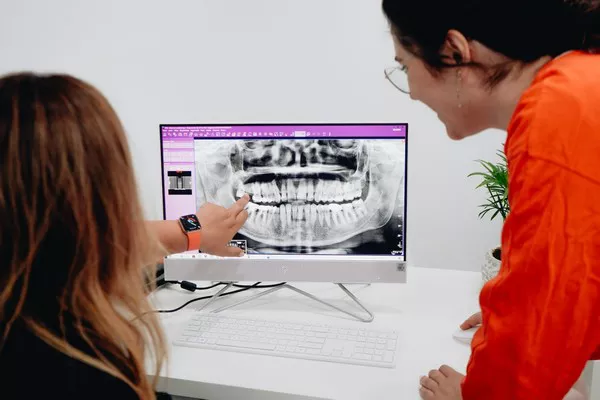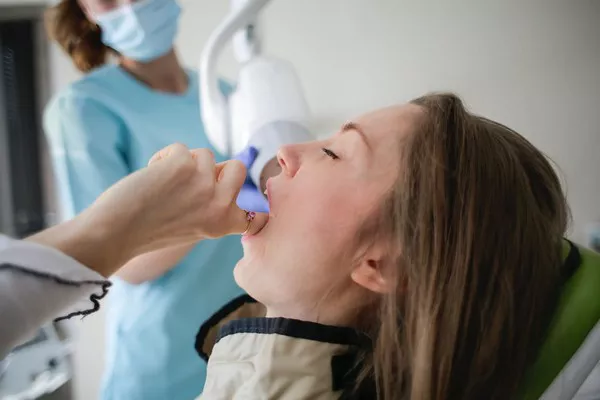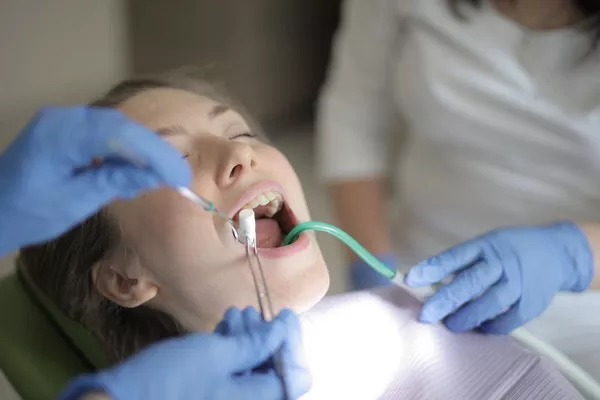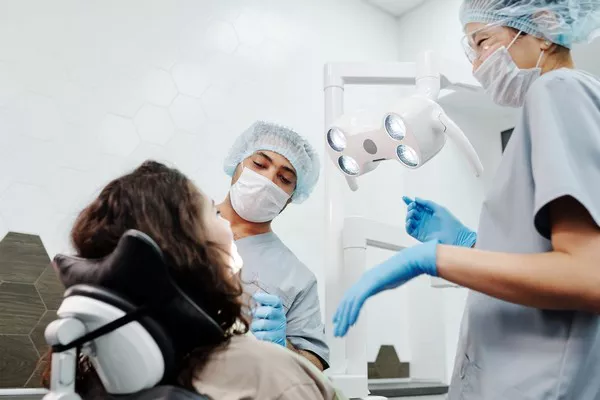Orthodontics is a specialized branch of dentistry dedicated to diagnosing, preventing, and treating irregularities in the alignment of teeth and jaws. Unlike general dentistry, which focuses on oral hygiene and the prevention, diagnosis, and treatment of oral diseases, orthodontics specifically addresses issues related to bite alignment, tooth positioning, and jaw development.
Orthodontics vs. Cosmetic Dentistry
While both orthodontics and cosmetic dentistry aim to enhance a patient’s smile, they serve distinct purposes. Orthodontics primarily focuses on correcting functional issues related to teeth and jaw alignment. This includes problems such as overbites, underbites, crossbites, overcrowding, and gaps between teeth. These issues not only affect the appearance of the smile but can also impact overall oral health and function.
On the other hand, cosmetic dentistry primarily deals with procedures aimed at improving the aesthetic appearance of the teeth and smile. This may include treatments like teeth whitening, veneers, bonding, and gum reshaping. While these procedures can enhance the appearance of the smile, they do not necessarily address underlying functional issues.
Aesthetic Benefits of Orthodontics
Although orthodontics is primarily focused on correcting functional issues, it often provides significant aesthetic benefits as well. By aligning the teeth and jaws properly, orthodontic treatment can improve the overall appearance of the smile, boosting confidence and self-esteem in patients. Straighter teeth are generally considered more attractive, and a well-aligned smile can leave a lasting impression.
see also: How Long Does it Take to Straighten Teeth with a Retainer?
Health Benefits of Orthodontics
While the aesthetic benefits of orthodontics are certainly appealing, the primary goal of orthodontic treatment is to improve oral health. Misaligned teeth and jaws can lead to various oral health problems, including tooth decay, gum disease, and abnormal wear on tooth surfaces. By correcting bite issues and aligning the teeth properly, orthodontic treatment can make it easier to maintain good oral hygiene and prevent these problems from occurring.
Properly aligned teeth are also essential for optimal chewing and digestion. When teeth are misaligned, it can affect the way food is chewed and broken down, potentially leading to digestive issues. Additionally, orthodontic treatment can alleviate strain on the jaw joints, reducing the risk of temporomandibular joint (TMJ) disorders and associated pain.
Cosmetic Procedures in Orthodontics
While the primary goal of orthodontic treatment is to improve oral health and function, some procedures can also have cosmetic benefits. Traditional braces and clear aligners, such as Invisalign, are commonly used to straighten teeth and correct bite issues. While these treatments are primarily functional, they often result in a more aesthetically pleasing smile as well.
In recent years, there has been a growing demand for orthodontic treatments that offer both functional and cosmetic benefits. This has led to the development of techniques such as lingual braces, which are placed on the back side of the teeth, making them less visible, and ceramic braces, which blend in with the natural color of the teeth.
Insurance Coverage
The classification of orthodontic treatment as cosmetic or non-cosmetic can have significant implications for insurance coverage. Many dental insurance plans cover orthodontic treatment for functional reasons, such as correcting bite issues and improving oral health. However, coverage for purely cosmetic procedures may be limited or nonexistent.
Before undergoing orthodontic treatment, it is essential for patients to review their insurance policies carefully and understand what is covered. Some plans may require preauthorization for orthodontic treatment, while others may have restrictions on the types of procedures that are covered. Patients should also be prepared to cover any out-of-pocket expenses that may not be covered by insurance.
see also: Are Orthodontics Covered by FSA?
Patient Goals and Expectations
When seeking orthodontic treatment, it is crucial for patients to communicate their goals and expectations clearly with their orthodontist. Some patients may be primarily concerned with improving the appearance of their smile, while others may be more focused on addressing functional issues. Understanding the patient’s priorities allows the orthodontist to tailor a treatment plan that meets their needs and expectations.
In many cases, orthodontic treatment can achieve both functional and cosmetic goals simultaneously. By addressing underlying bite issues and aligning the teeth properly, orthodontic treatment not only improves oral health but also enhances the appearance of the smile. However, it is essential for patients to have realistic expectations about the outcome of treatment and understand that orthodontic treatment is a process that takes time.
Conclusion
While orthodontics is not solely cosmetic, it does offer significant aesthetic benefits in addition to improving oral health and function. By understanding the differences between orthodontics and cosmetic dentistry, patients can make informed decisions about their treatment options. Whether seeking treatment for functional reasons, cosmetic enhancement, or both, orthodontic treatment can help patients achieve a healthier, more confident smile.
FAQs About Orthodontic Treatment
1. Is orthodontic work cosmetic?
Orthodontic treatment primarily focuses on correcting misaligned teeth, bite issues, and jaw discrepancies to improve oral health and functionality. While the aesthetic aspect of orthodontic treatment is undeniable, as it often results in a more attractive smile, the primary goal is to address functional issues that can impact oral health, such as difficulty chewing, speech problems, and increased risk of tooth decay and gum disease. Therefore, while orthodontic treatment can have cosmetic benefits, it is not solely cosmetic in nature.
2. What is classified as orthodontic?
Orthodontics is a specialized branch of dentistry that deals with the diagnosis, prevention, and treatment of malocclusions (improper bites) and misaligned teeth. Orthodontic treatment typically involves the use of braces, aligners, or other orthodontic appliances to gradually move the teeth into proper alignment and correct bite discrepancies. Orthodontic procedures may also include the use of adjunctive treatments such as jaw surgery or orthognathic surgery in cases of severe skeletal discrepancies.
3. Are braces for cosmetic reasons?
While braces can certainly improve the appearance of a smile by straightening crooked or misaligned teeth, their primary purpose is to correct functional issues related to the bite and jaw alignment. Misaligned teeth and bite problems can lead to various oral health issues, including difficulty chewing, excessive wear on tooth enamel, and an increased risk of gum disease and tooth decay. Therefore, braces are typically recommended to address these functional issues rather than solely for cosmetic reasons.
4. Does Invisalign count as cosmetic?
Invisalign is a popular alternative to traditional braces that uses a series of clear, removable aligners to straighten teeth and correct bite issues. While Invisalign offers aesthetic benefits by being virtually invisible and removable, its primary purpose is to address orthodontic issues such as misaligned teeth, overcrowding, and bite discrepancies. Like traditional braces, Invisalign treatment aims to improve oral health and functionality rather than focusing solely on cosmetic concerns. However, the discreet nature of Invisalign aligners may be appealing to individuals seeking a more aesthetically pleasing orthodontic treatment option.
You Might Be Interested In































